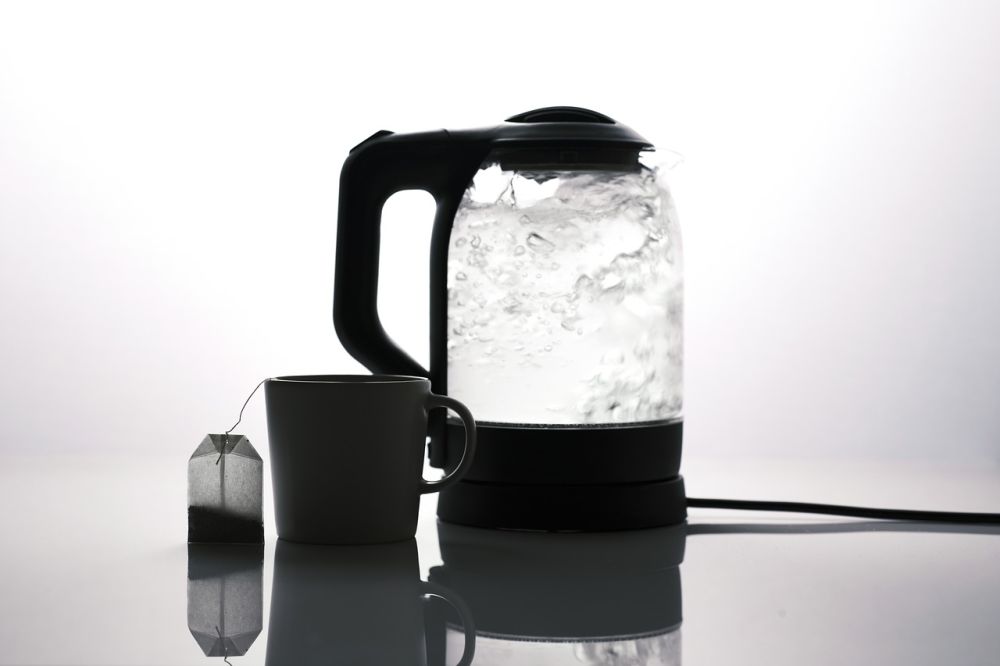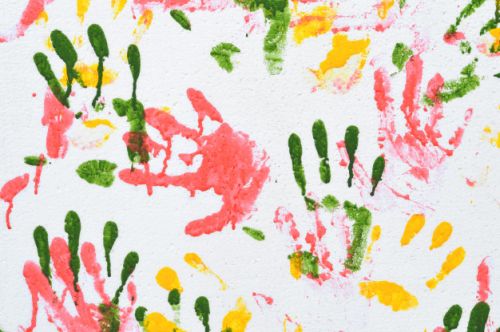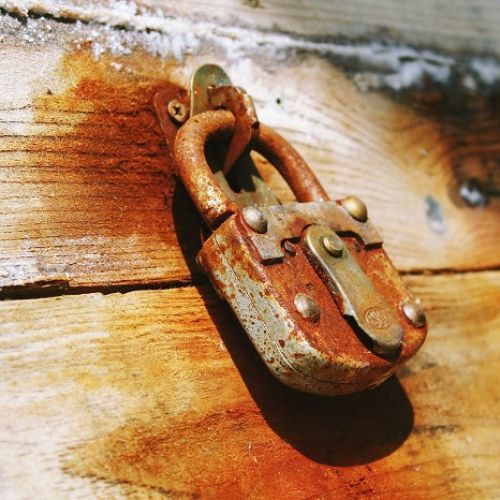How To Effectively Remove Limescale?

Limescale… brr... Just the name alone gives us shivers. Unless somebody treats thorough cleaning as a part of a daily routine or is a crazy pedant, will one day have to deal with limescale. It appears in corners of our bathrooms and kitchens, it forms itself in sinks or wading pools, on shower cabins, in toilet bowls, and on its sides, thus basically on every surface which stays in constant contact with water. You probably share the same experience that I had for a very long time: kneeling on the floor, heavily polishing my sink back and forth with a sponge or a brush, using some detergents that were advertised as the best agents to get rid of a deposit forever: 'just put it on limescale and it will disappear immediately'. Well... the reality always appears to be a little crueler.

After some time you just simply give up and wait for 5, maybe 10 years until your sinks and shower cabins can be happily removed and replaced by new, shiny ones, so that you can enjoy using your bathroom again.
So, how to deal with this nightmare?
You probably tried to scrub it off, however, limescale consists of very hard minerals, so you can easily damage materials underneath. Thus you risk scratches or deep holes left on your fixtures. There are plenty of different detergents available on the market. Some of them are pretty strong, even caustic, which means that they contain a lot of chemicals, among the others: hydrochloric acid which melts down the limescale. But imagine that always some substances are left in your sink or in a bathtub in which you or your children are taking a bath. Some of those specifics contain also artificial perfumes or disinfectants with a purpose to mask a chemical odor. So you may think that they are almost natural.
Natural method to get rid of limescale
That is why, we recommend some natural measures. It is a good way to save some money and, what is more important, take care of your health. Take the cloth and soak it in a mixture of half water half vinegar. Wrap a faucet, hand shower or its pipes within and leave for one hour. Afterwards, brush off the remaining deposit. It is usually enough for limescale to go away. If a precipitate is thick you can leave it for a longer time. It is recommended to wrap it all in a foil and stick with tape, so that no vinegar is leaking outside and the characteristic scent stays inside.
Just REMEMBER: do not leave it for the whole night! There were cases that vinegar “ate” the chromium from hand shower or faucet when it stayed there for too long.
As far as wading pool or bathtub is concerned take 100 ml of vinegar, put it on the damaged surface and besprinkle it with citric acid or freshly squeezed lemon juice. Leave it like this for a couple of hours. Make sure that your mixture stays in direct contact with limescale. Remove it with a sponge and water. Sometimes it needs to be done a couple of times.
How to remove limescale from a kettle?

It does not need a very long time for limescale to appear in our kettles or coffee/tea makers. To remove it we use same substances. Simply pour 200 ml of a vinegar with lime juice into a kettle and leave it for an hour. Afterwards, top up the kettle with water with the previous acid mix left inside and boil it. Then remove the water and rinse it thoroughly a couple of times to get rid of a smell.
To sum up, it is recommended to once per week take a cloth soaked with vinegar and simply wipe places vulnerable to limescale. Preventing is the best way to fight with this kind of deposit :). Cause we all want our bathrooms to be as clean as possible.
Madga Darmas
Acknowledgments:
"Featured photo": for source click here.
"Picture no. 1": for source click here.
"Picture no. 2": for source click here.
This article was originally published in 2017 on SPIC AND SPAN. Home & Office Cleaning blog.
Topics
Check more articles on our blog

3 Methods to Remove Handprints on the Wall For a Neat Look

Difference Between Mold And Rust – Identify, Prevent, And Remove Each

How to clean a dirty carpet? Best tips to remove stains
